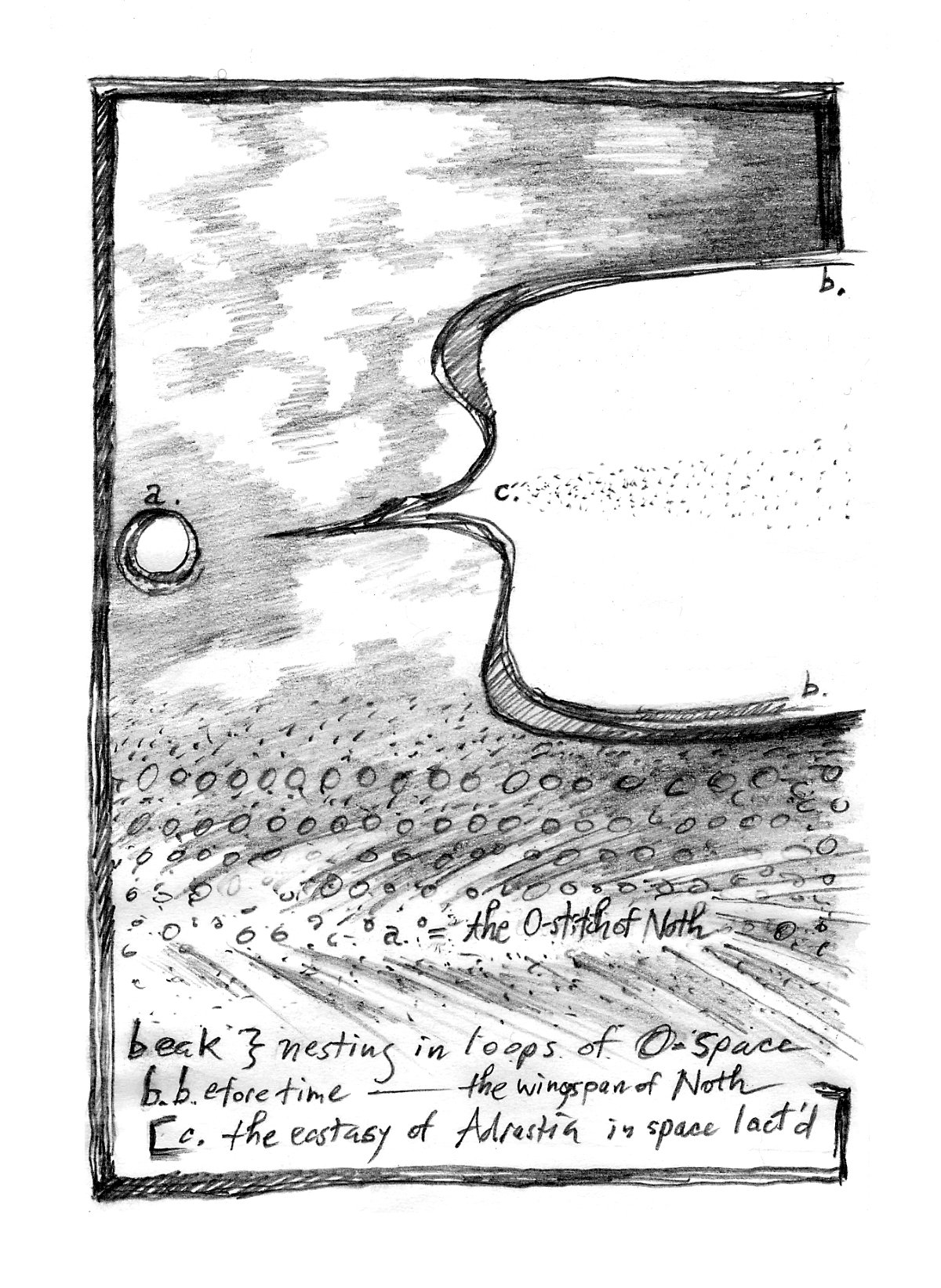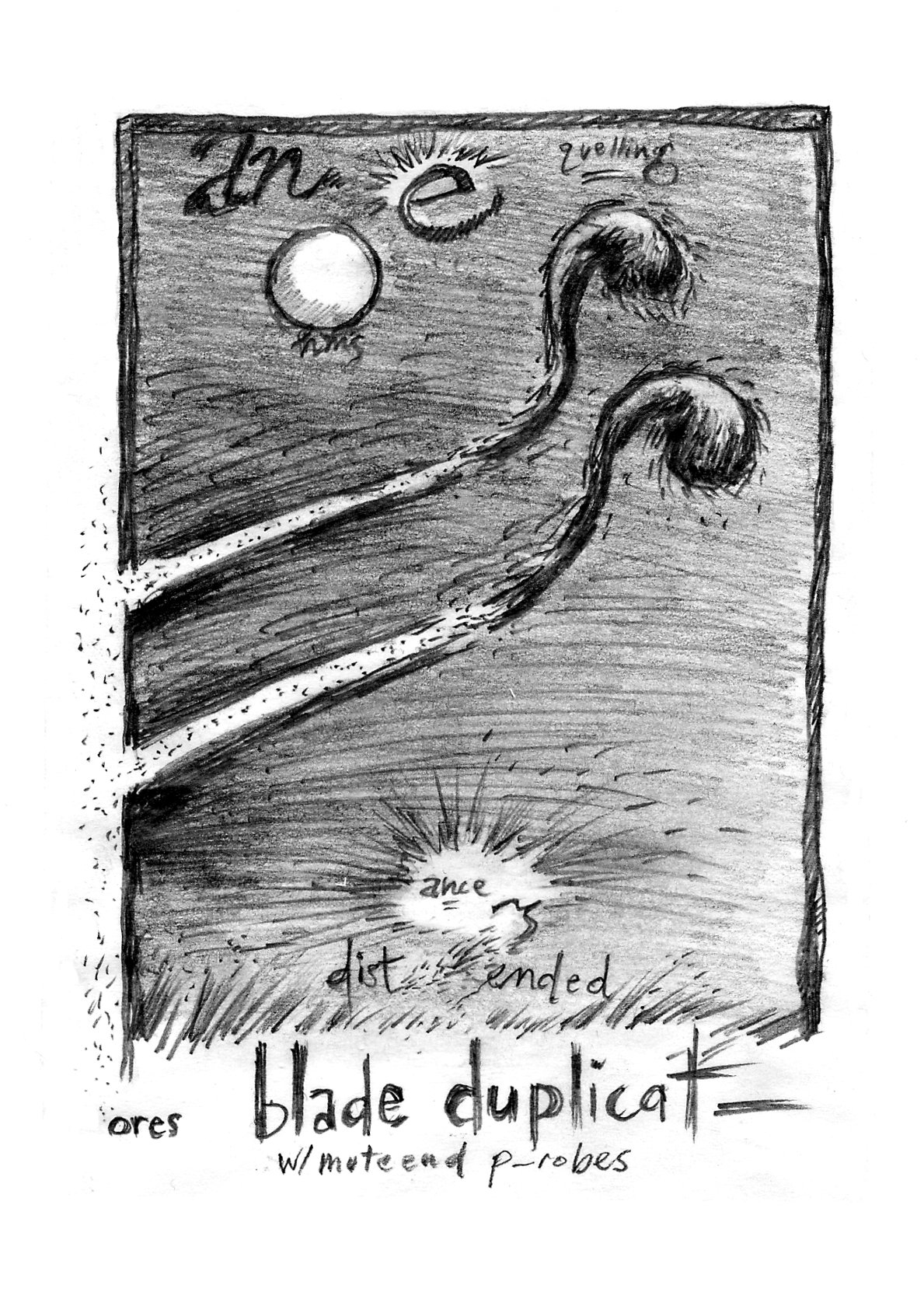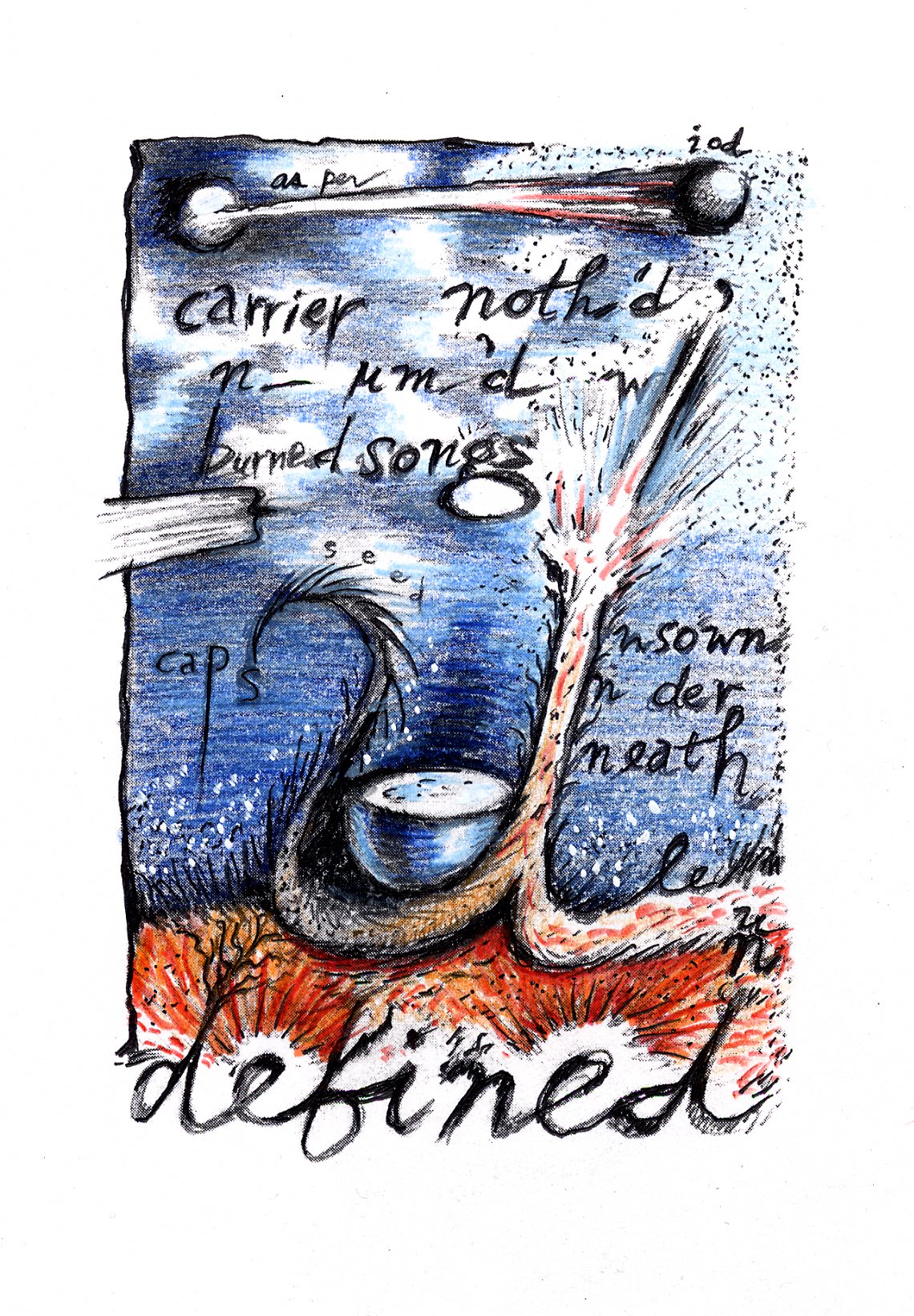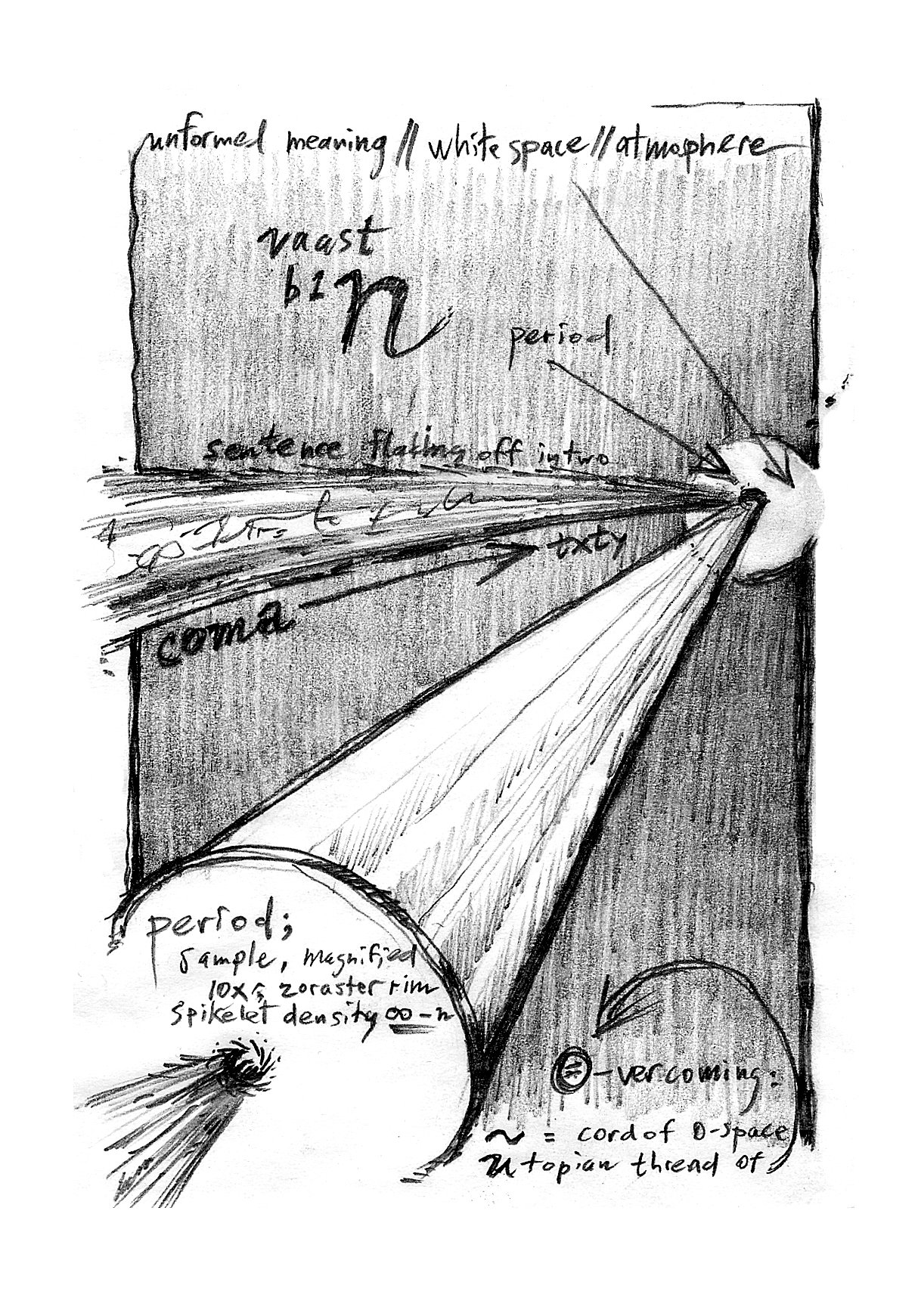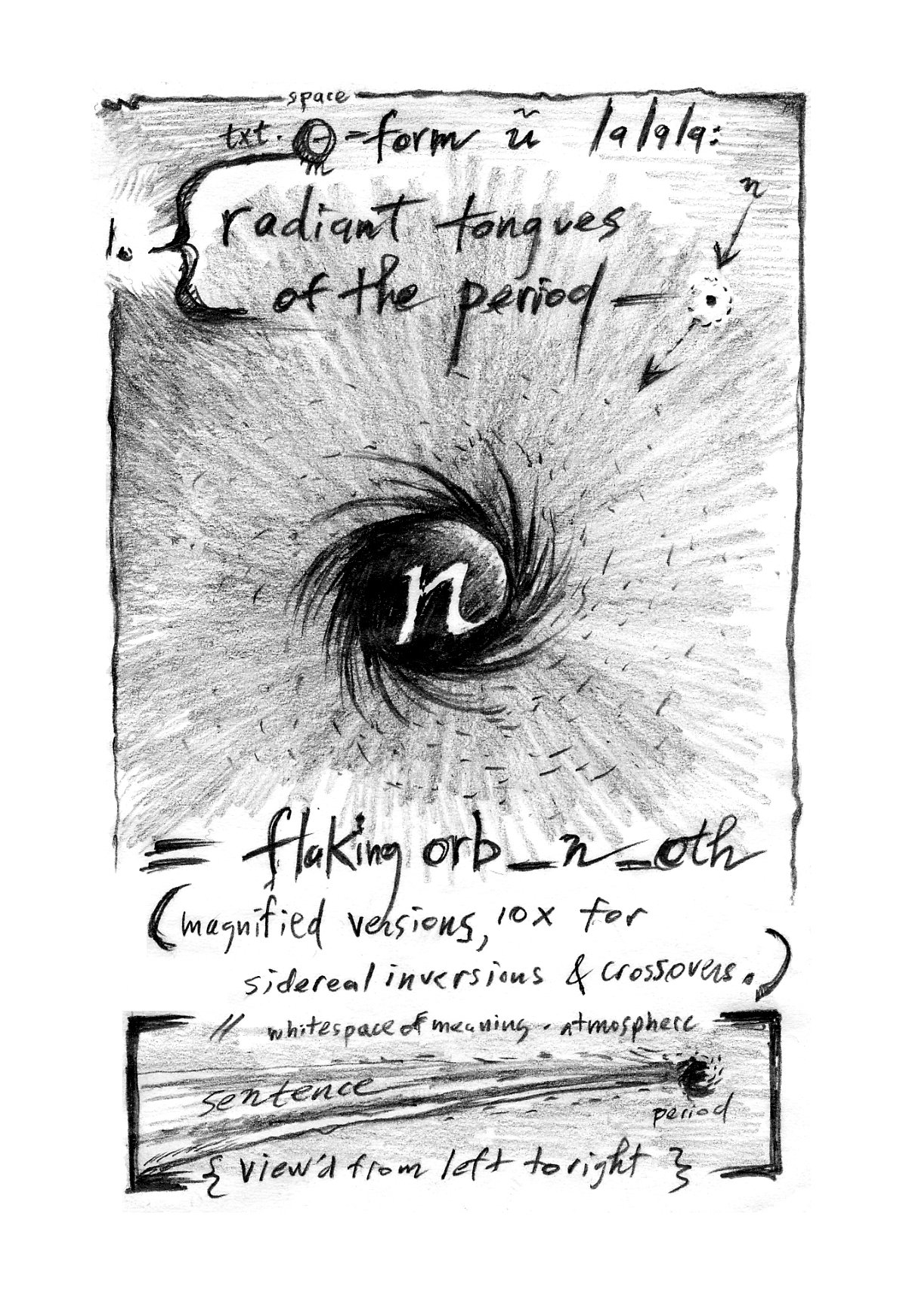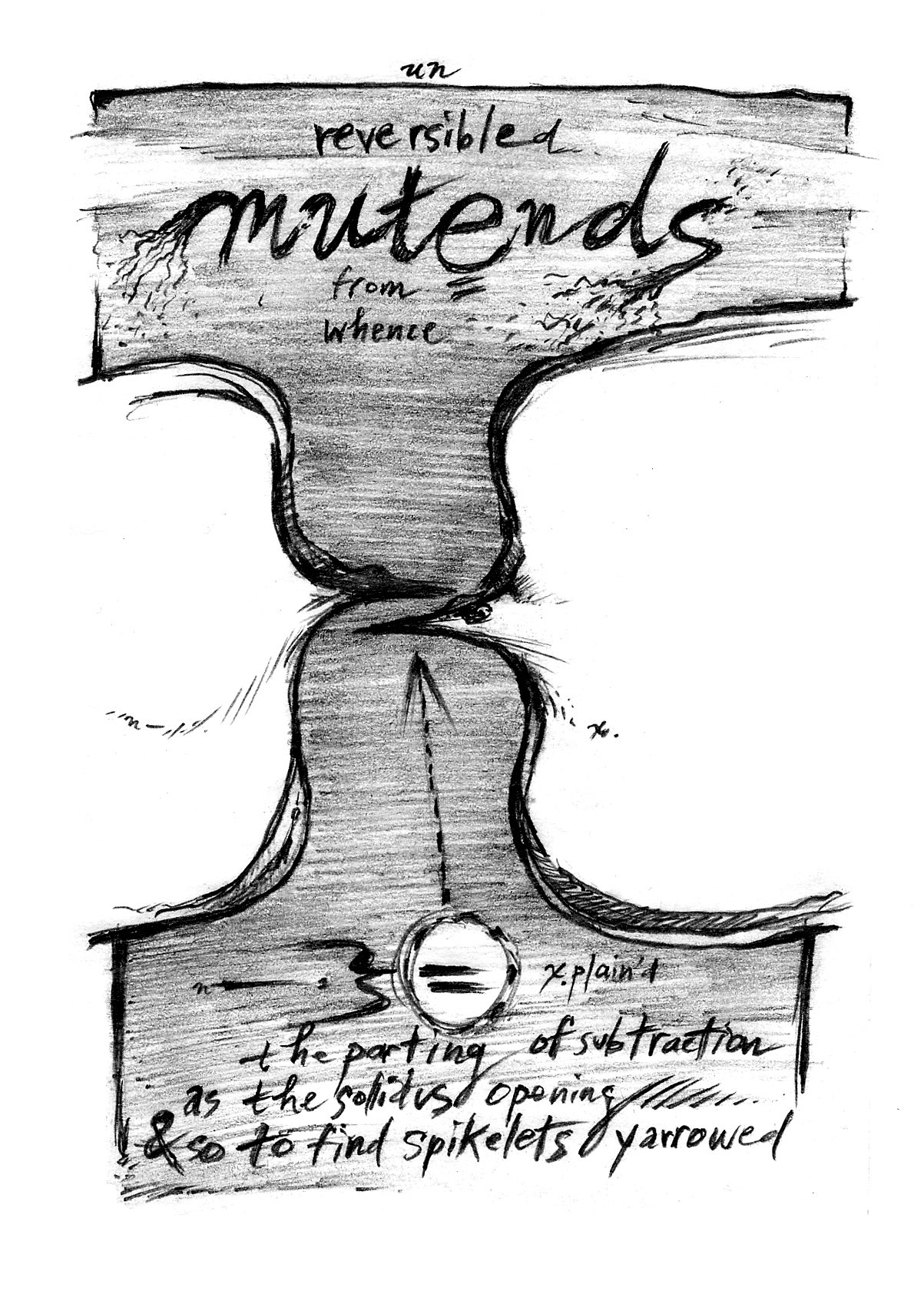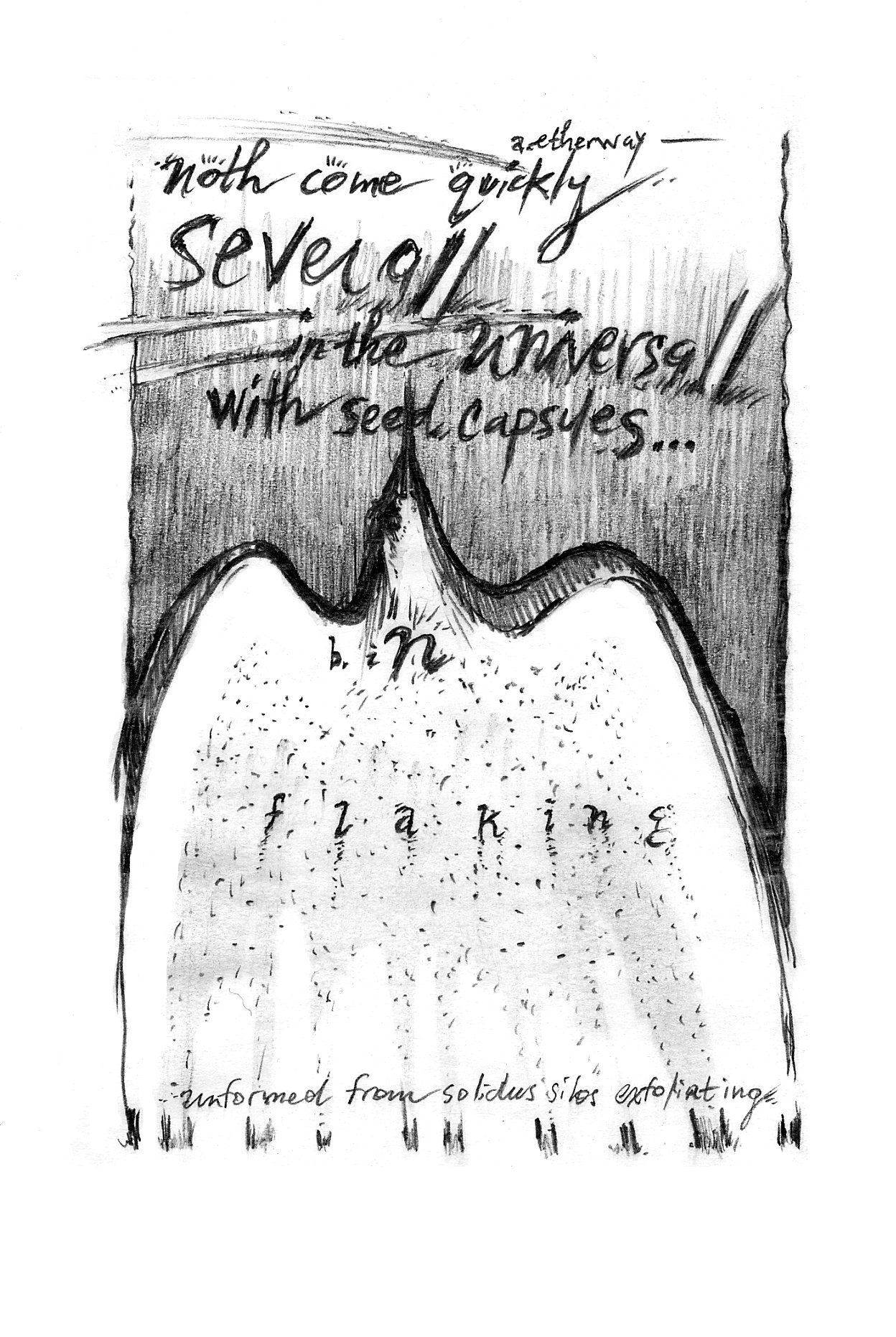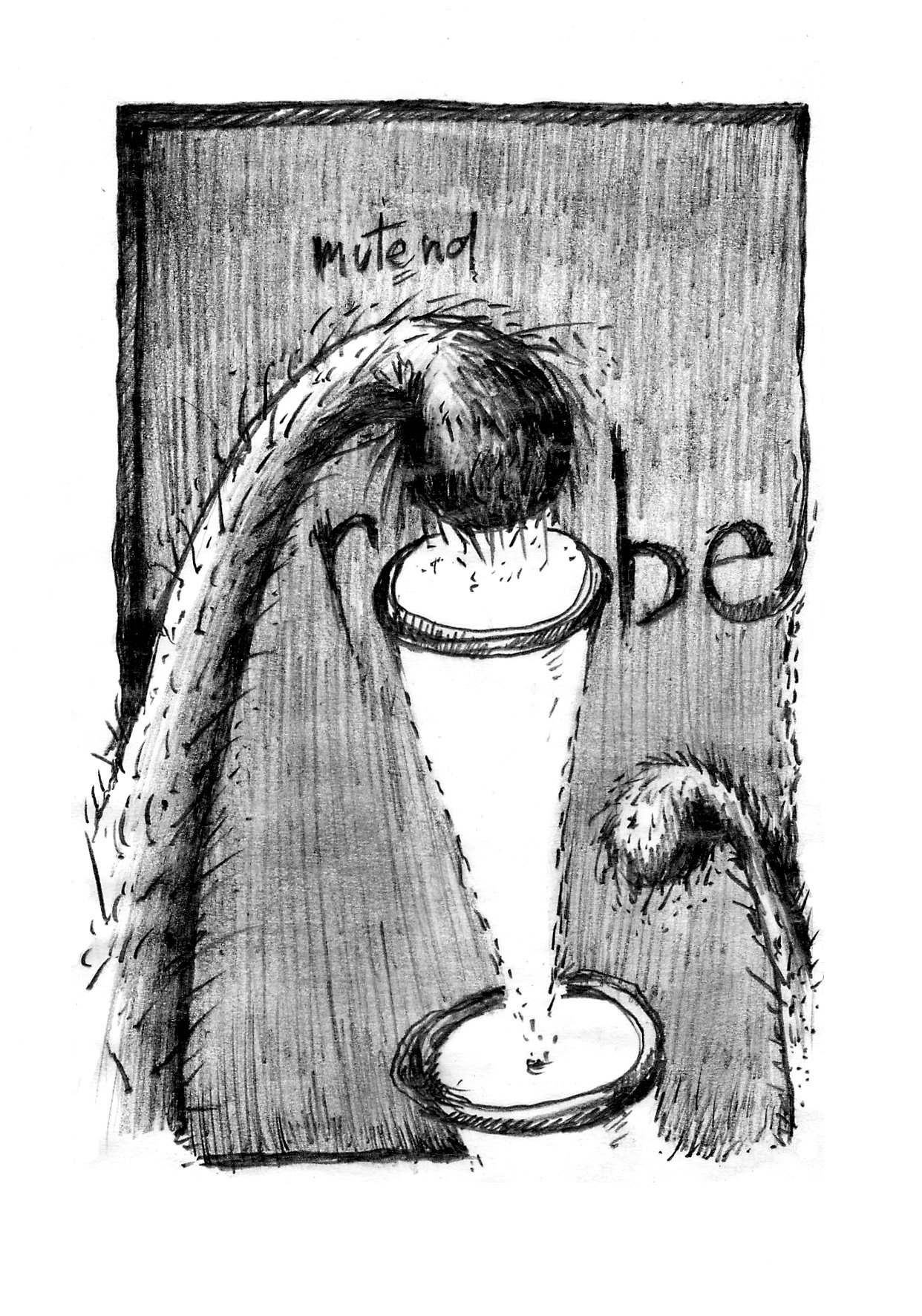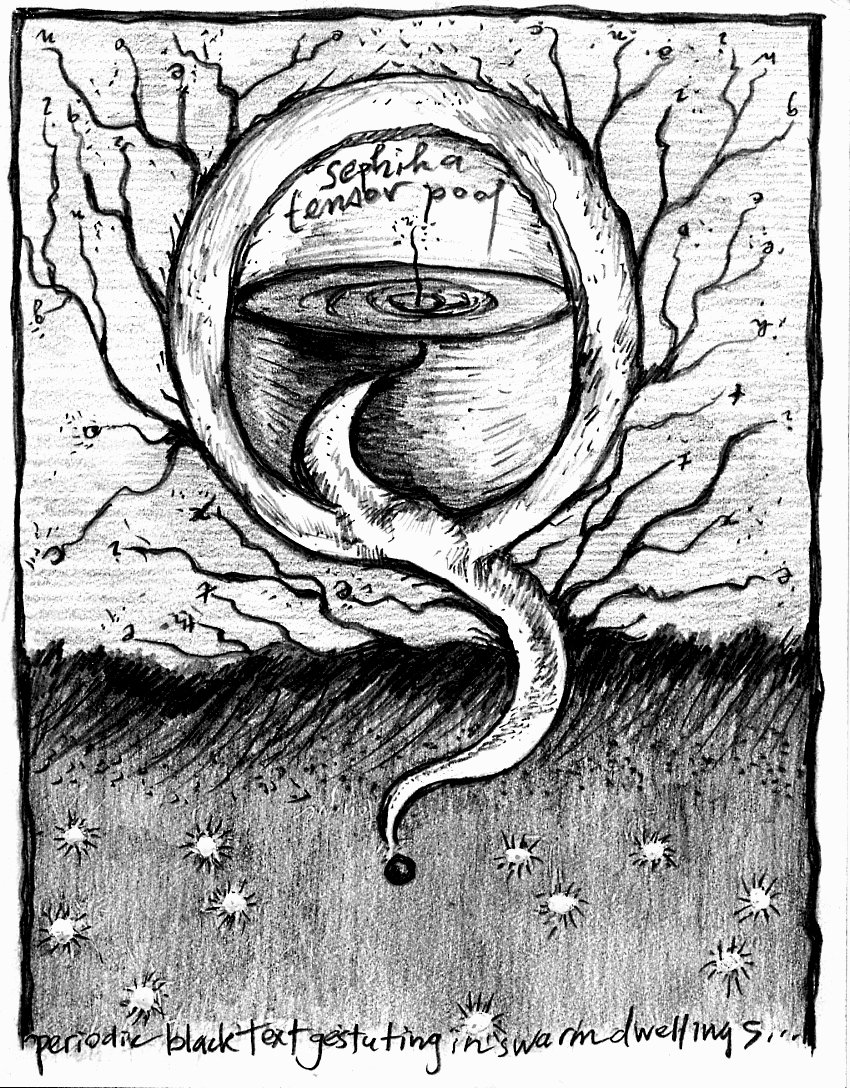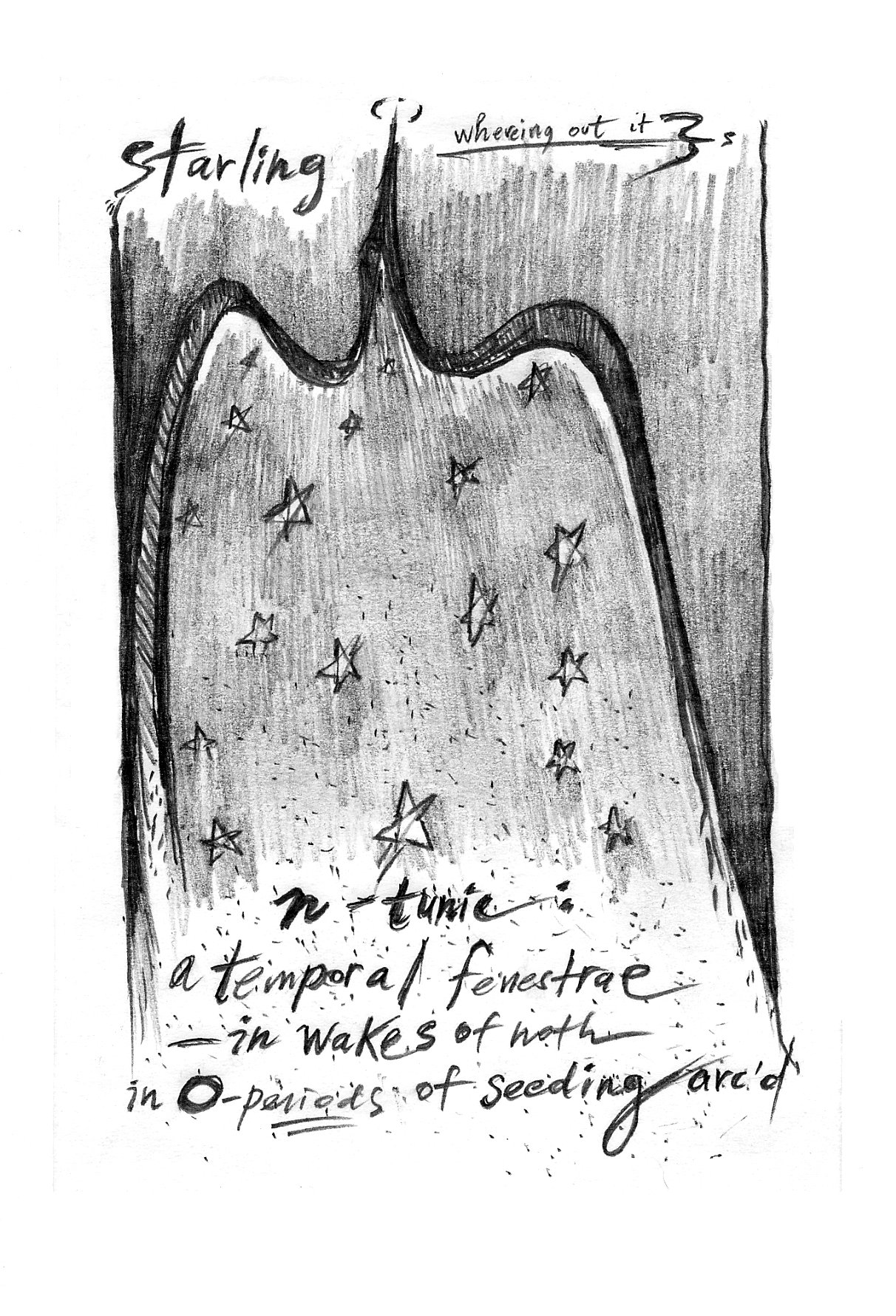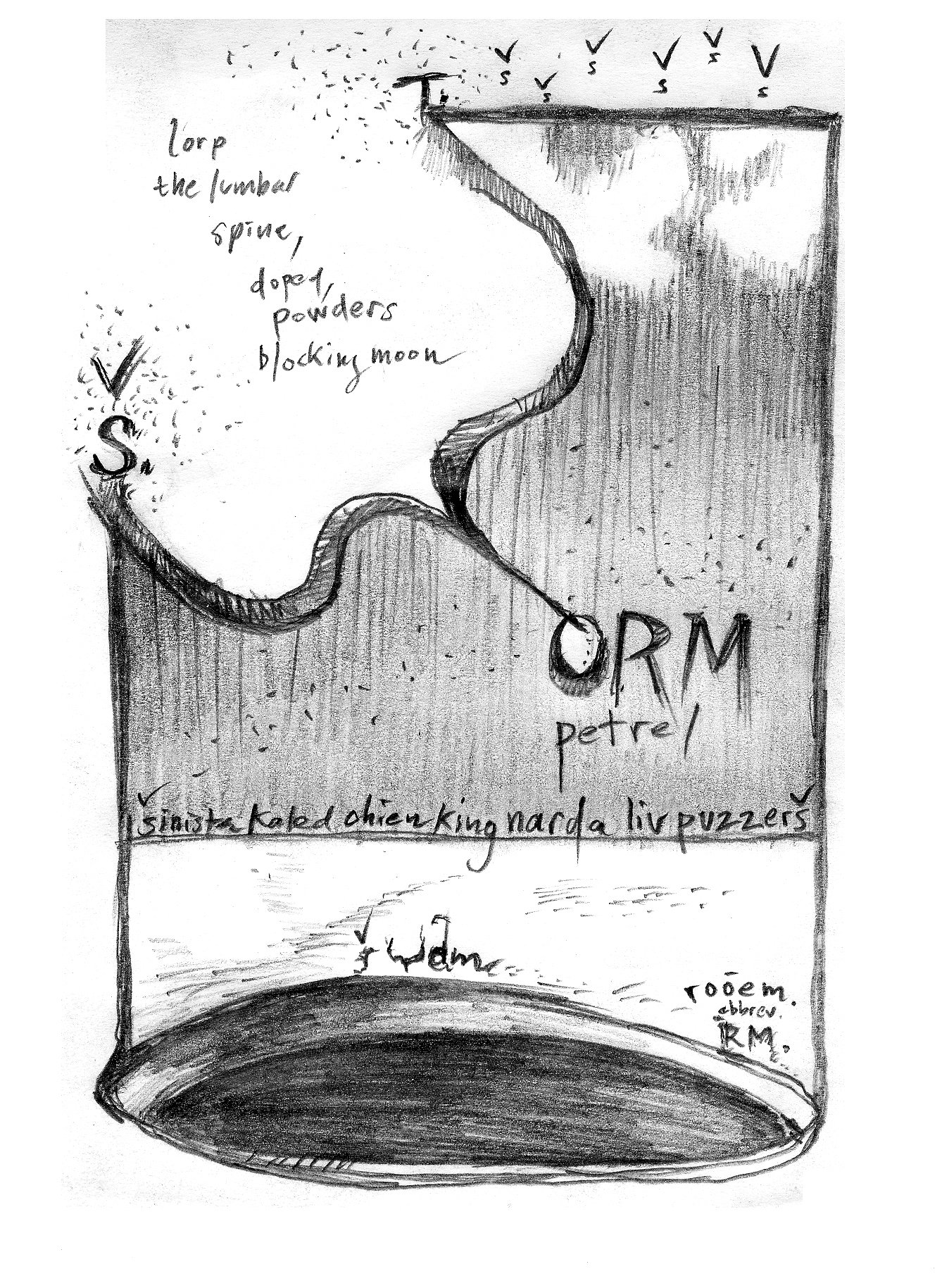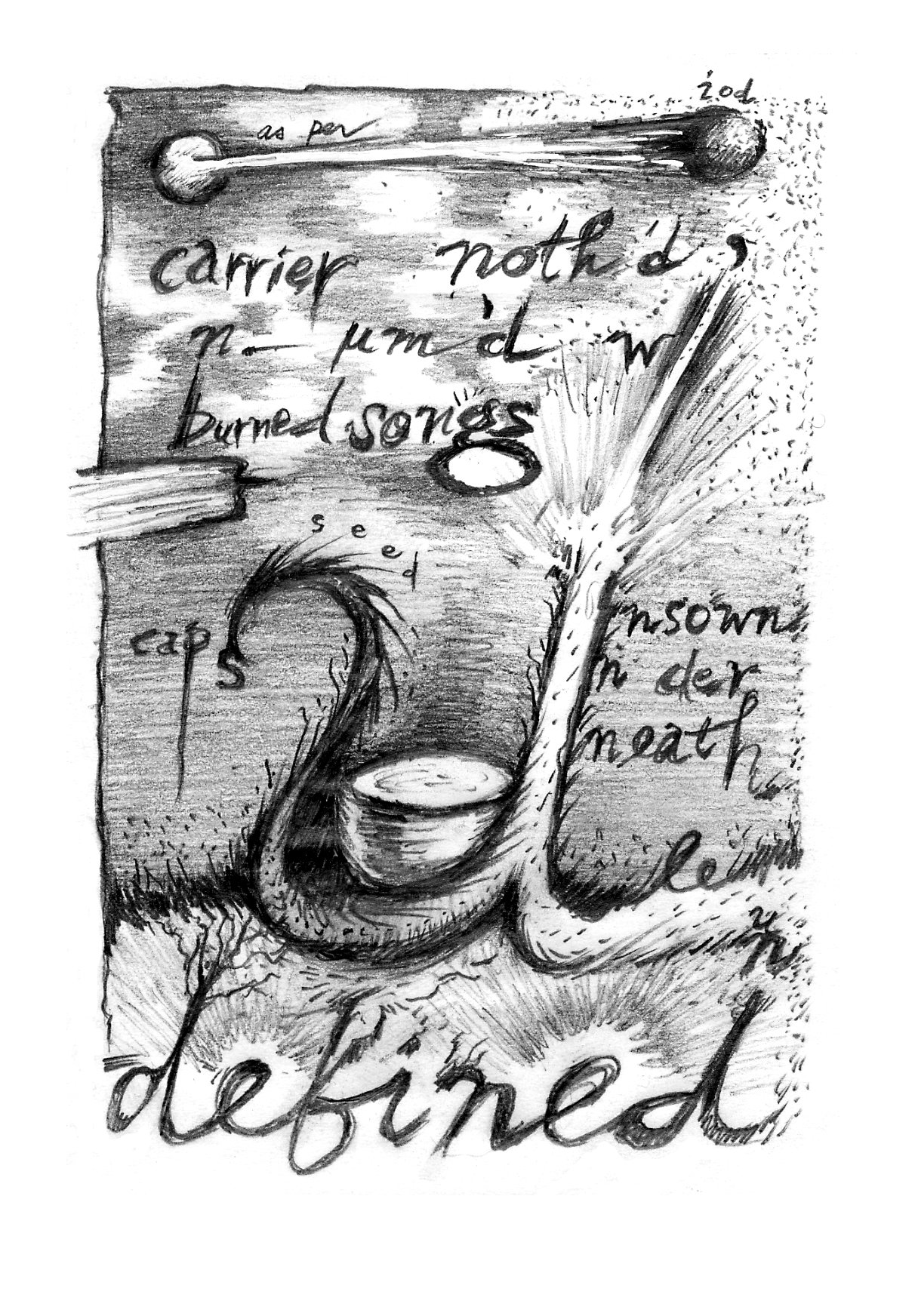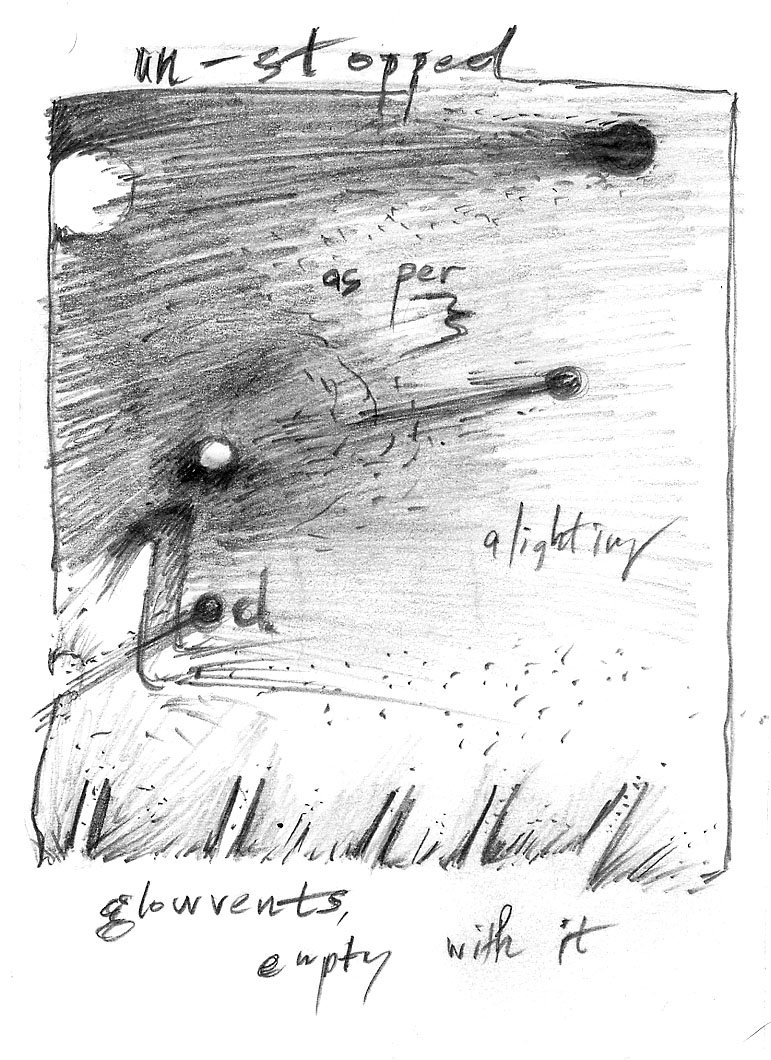Vaast Bin (the book) &the VAST BIN PROJECT
The following links and explanatory texts are a primer for understanding both the Vaast Bin book—namely, Vaast Bin; n Ephemerisi (Calamari, 2007)—and the larger Vast Bin Project, which the book spawned.
Vaast Bin, a glimpse into & an overview of the book:
1.) Vaast Bin; n ephemerisi (Calamari Press, 2007):
http://www.calamaripress.com/vaast_bin.htm
Vaast Bin page at Calamari with an array of links, blurbs, and ephemera.
2.) Front and Back cover of Vaast Bin; n ephemerisi (Calamari Press, 2007):
3.) Three Vaast Bin "bins" (or "poems") from Word for/Word #10:
http://www.wordforword.info/vol10/peters.htm
4.) Static Vispo from Vaast Bin:
Book & performance reviews and Vaast Bin performance images:
5.) Book review by Michael Jonik for Experimental Writing & Music:
http://experimentalfictionpoetry.blogspot.com/2008/07/machine-that-says-im-possible_05.html
6.) Book review by Giles Goodland for Stride Magazine in the UK: http://www.stridemagazine.co.uk/Stride%20mag%202007/Nov%202007/mix%20revs.htm
7.) Book review by Sandy Baldwin for Hyperrhiz: New Media Cultures:
http://hyperrhiz.io/hyperrhiz06/reviews/michael-peters-vaast-bin-n-ephemerisi.html
8.) Warren Fry’s review for The Brooklyn Rail of a Vaast Bin reading at The Bowery Poetry Club, 7.20.08: http://www.brooklynrail.org/2008/09/artseen/michael-peters-eric-carlson
9.) Images from an extended Vaast Bin performance-reading at the 2009 Roanoke Marginal Arts Festival:
Additional streams of “having bin” in the vaast bin:
10.) “Vaast Bin Kinetic Soundscape” at Hyperrhiz: New Media Cultures:
http://hyperrhiz.io/hyperrhiz04/gallery/mooring-the-vaast-bin.html
11.) Film footage of an extended Vaast Bin reading at The Marginal Arts Festival in Roanoke, VA, 2.21.09:
http://www.youtube.com/watch?v=wuH-rW9ojUE
[A Matt Ames, Philosophy Inc. link, which includes a brief introduction discussing grate readings.]
12.) Film footage, different angle, of an extended Vaast Bin reading at The Marginal Arts Festival in Roanoke, VA, 2.21.09:
http://vimeo.com/5689133
[Post-NeoAbsurdists TV link, which also includes a brief introduction discussing grate readings.]
“The genre-crossing nature of multimedia provides a fruitful space for exploring the ways in which media both supplement and reconfigure literature and scholarship – in the form of interplays between fiction, art, criticism, digital image, video and print text. Michael Peters’ “Mooring the Vaast Bin” presents a corpus of material that adds through video, audio, text and illustration a “mooring” for an absent work (Vaast Bin, a print text). Peters’ work suggests that a central text is always accompanied by addenda, reimaginings, and visual/aural “accompaniments.” In her review of Flanagan and Booth’s edited collection re:skin, Jeanne Hamming notes the close and varied “fleshy crossings” the book has produced between fiction, nonfiction and art in the quest for a “techno-sexuality.” These crossings, she argues, “[depart] from the convention in scholarly publications of segregating primary material from criticism.””
CONGEALING THE CLUES: WHAT TO DO IN THE VAAST BIN; OR, WHAT TO DO WITH YOURSELF.
How should this grow? How should Vaast Bin continue to be read? How should Vaast Bin continue to be performed? The effort in compiling the following sets of clues is an attempt to coalesce the functions of transformation that Vaast Bin provides. The first bin of Vaast Bin, titled “vaast bin minus 1 becoming 2″ starts with “adjustment instructions.” This should indicate a sense of awareness as to just how the bio can be adjusted, or how it can be grown, so to speak—and thus, how it, the bio, can be programmed. By collecting statements from book and performance reviews, I hope to congeal and make visible the means toward a greater sense of the spatial organics of it—the grate aspects of Vaast Bin. This aspect of grateness, by the variable æffects of the primed-topological bins, should indicate the possibility of sensing how it—as a score—might be a programmable growing device. Below, the clues-to-date have been organized into possible streams to follow:
First clue, the residual structure & the space
Sandy Baldwin accurately invokes Mackey, Olson, and George Spencer-Brown, calling the book a “meta-residue of the writer’s meditation on such processes” of what he called the Vaast Bin’s “undetermined usage … Peters’ bin is empty for all its vaastness,” writes Baldwin.
Second, the space again, but scored as such, for a sense to come
“ … there are many gaps in the numbering, suggesting a much greater poem,” writes Giles Goodland, in his review for the UK mag. This sense of it is crucial.
More clues stream in: That a bin æffects the space of its moment
Likening the combination of text and image to William Blake, Goodland looks at the language of Vaast Bin, suggesting that one try to “Imagine an Edwardian struggling to read say Berrigan’s sonnets, or even a newspaper from 2007.”
So there you have the spatial hint locator: From the past or the future—what was, is, okeanos—and the ebb and flow is into the hollow’d moment. From the past (being like Blake or an Edwardian) or from the future (the Berrigan model by way of being Edwardian now), either way, Goodland evinces the nowmoment that Vaast Bin attempts to provoke in the pocket of itself, where it is happening—from there on, on the good land, if you will, where it all comes to you, where it (something) will appear to one, magically, as if it were waiting.
What’s more, further proof the space can be filled
A blogger for Eat, Sleep, and Read! writes intuitively that, “As I let myself go, and scamper through the language, I could not help but hear ambient sounds in my head. Thus begins the ironic part of my week. A fellow writer and friend made me a double CD of ambient sounds this past week, and I could have easily listened to them and read this book simultaneously.” Not ironic at all. You should begin to hear something. Listen—
& with a syntax of choices in the Vaast Bin, the burrows it creates heightens its wideness
“ … much like life itself,” says Mid-West Book Review-er John Burroughs,
while Geof Huth says “the poetry is dense and the visual poems lush—and I could switch the adjectives here if I had to.”
At a Vaast Bin reading, Huth documents, “At the end, Michael looked at his watch, apologized for the length of the reading (What length? I wondered … ”
Without finality, to be finally clued-in to the grate matter of matter: Machines, even “flying machines,” emerge and populate the sky looking for a possible landing site
For The Experimental Fiction/Poetry/Jazz blog, Michael Jonik nails the programming aspect of the poem as score, “… He has built a machine.”
Describing that same “machine” at a live, hour-and-a-half “reading” from the Vaast Bin with Area C (at the Bowery Poetry Club in New York City), Warren Fry summarizes the morphic possibilities of choice that the bins provide—the choices referring to the damn’d red wheel barrow, the carrying structure upon which everything depends, which is what we call, INTERPRETATION. Warren writes, “The Bowery Poetry Club was transformed into a the chapter house of an abandoned flying saucer.” Grasping the material morphology, the shared divisibility, the topology, Warren notes the totemic aspects of the code-txt’d characters—such as the bra-ket “ } .” He notes that it’s in the Vaast Bin that both the where and when of its material is morphological because, for example, “apostrophes [and serifs and letters, et cetera, and light itself, ad infinitum] can grow hair.” The structure of the room is transformed—morph’d—into a moving sense of space, according to the warren report. The warren, the place, the room becoming the inside of an “abandoned flying saucer,” and thus, a sense of space within space opens. And with the mach speed of interior by way of the exterior, a sense of there being plenty of room to grow emerges. The shared divisibility of the immediate topology tends to vibrate and hum.
Now, have you got all that? A spaceship driven by what? A star machine to produce what on Earth? As the animal planter said, “Now grow.” Push your analysis & stay on it.

